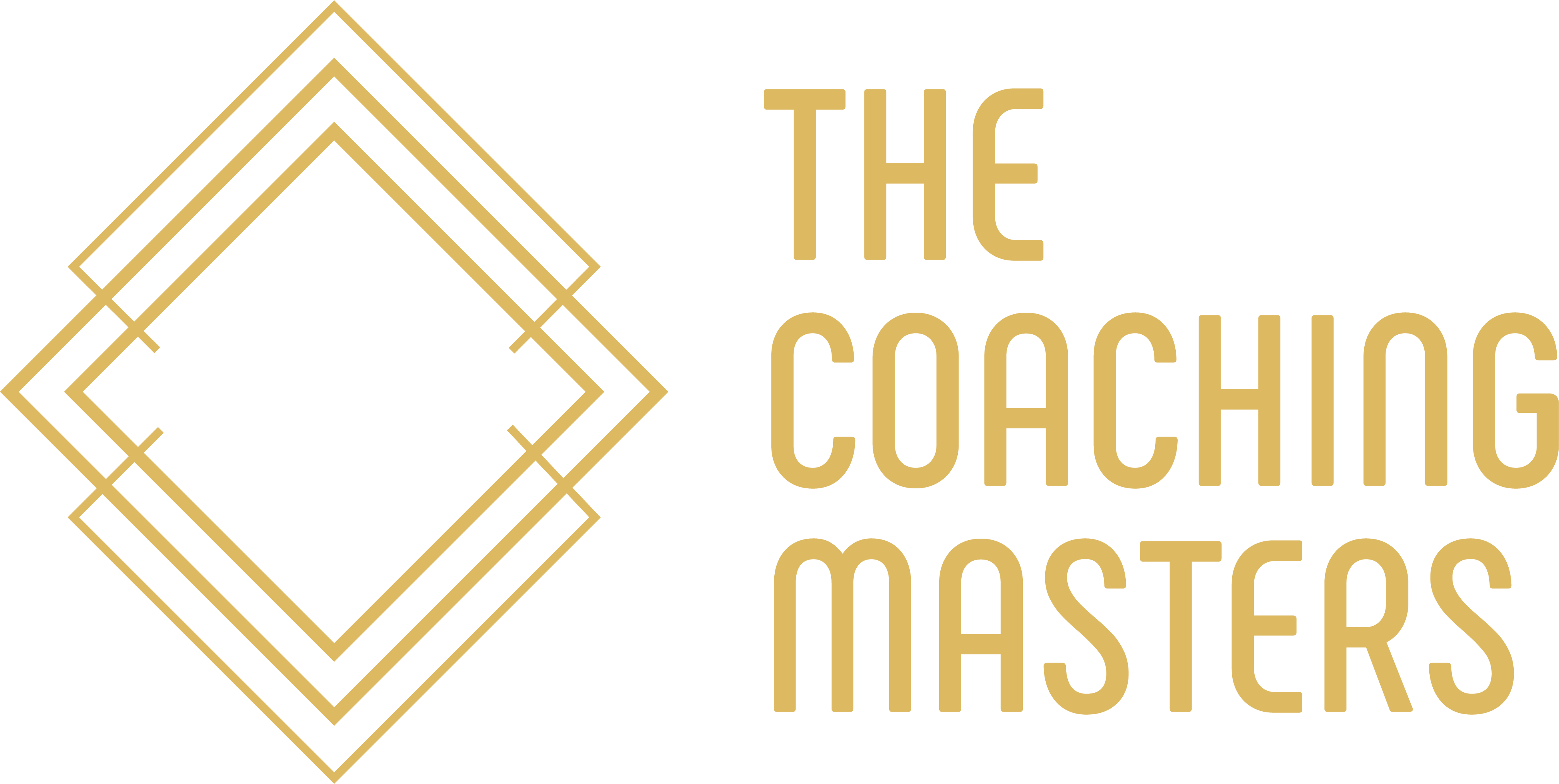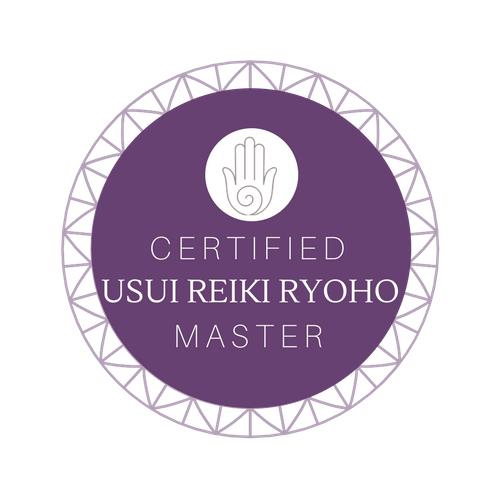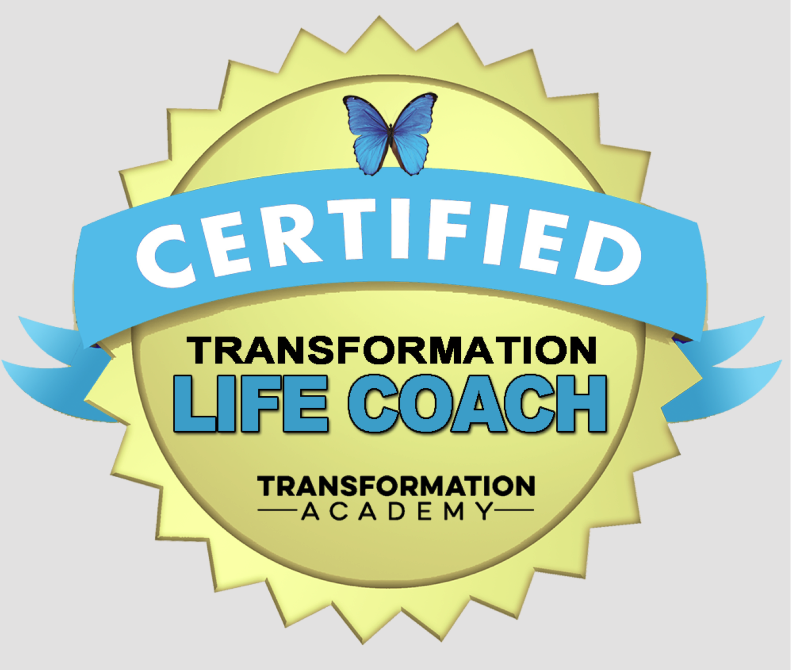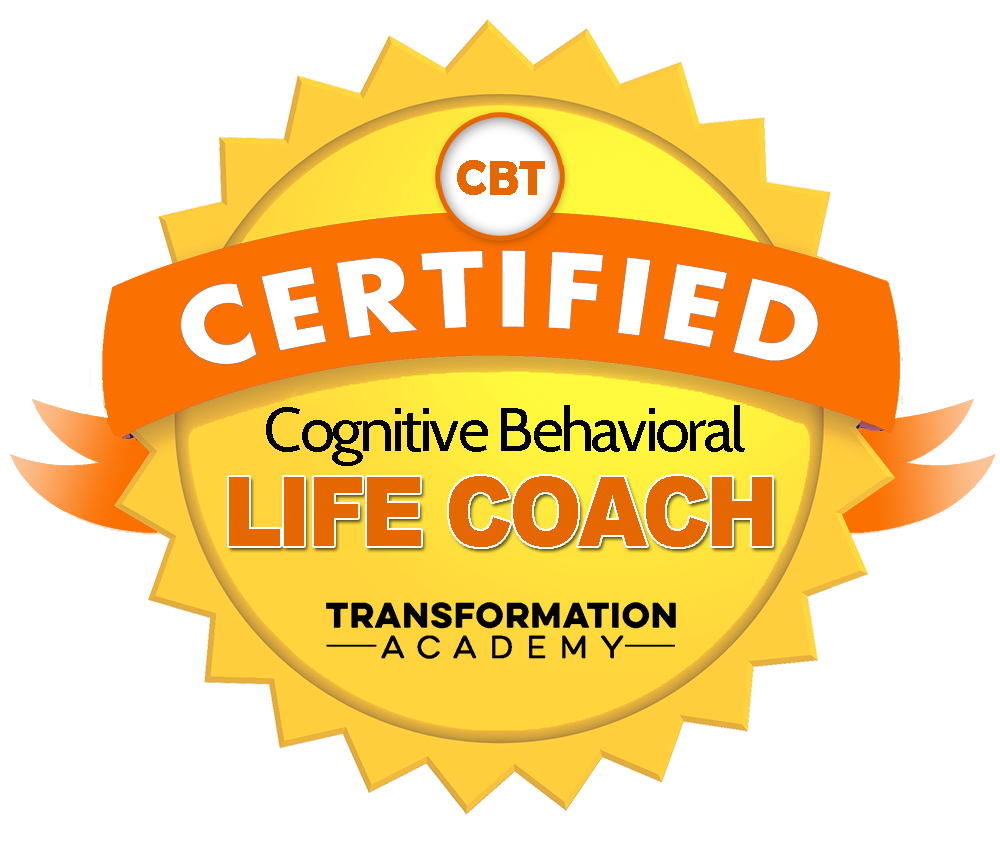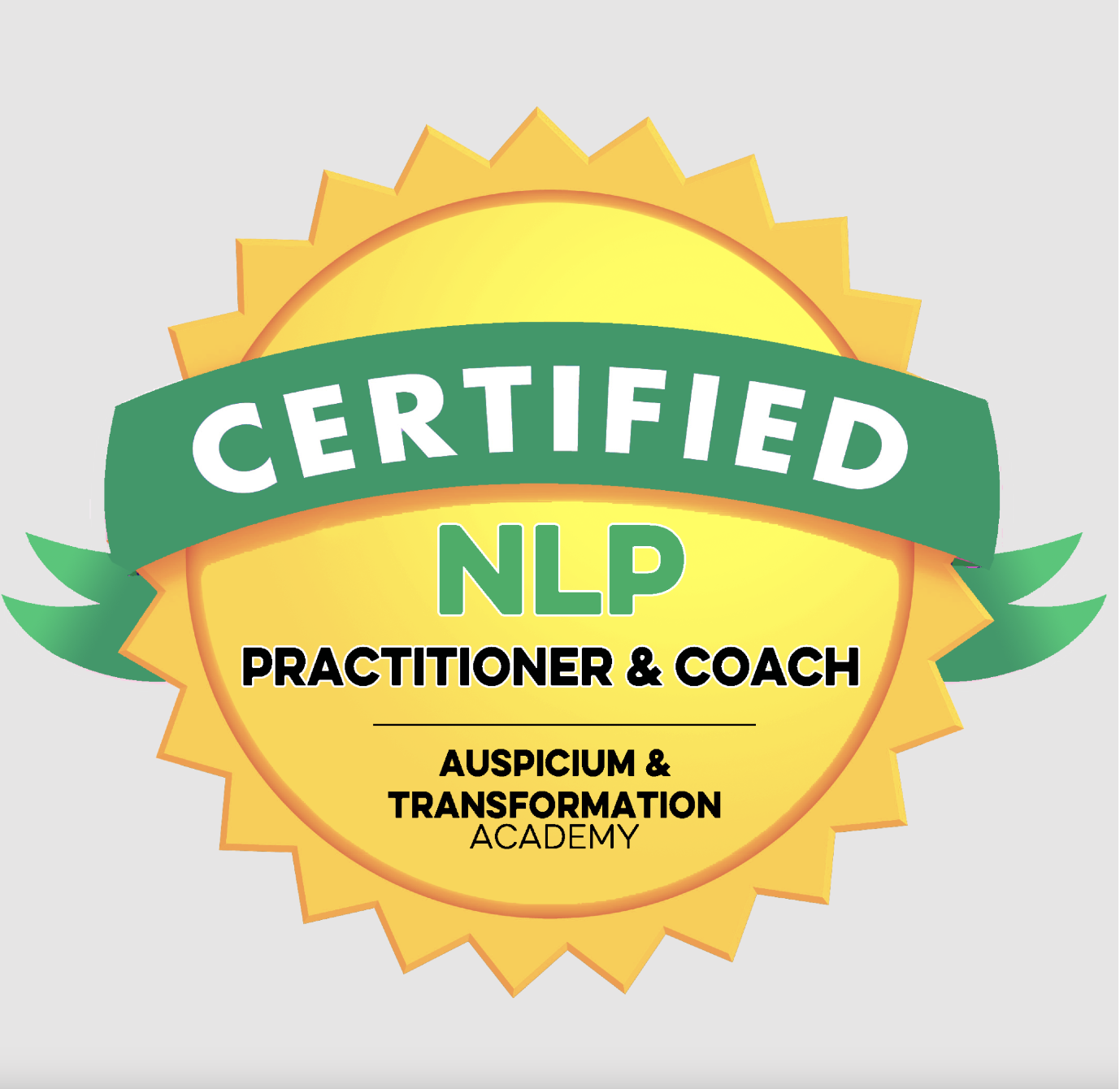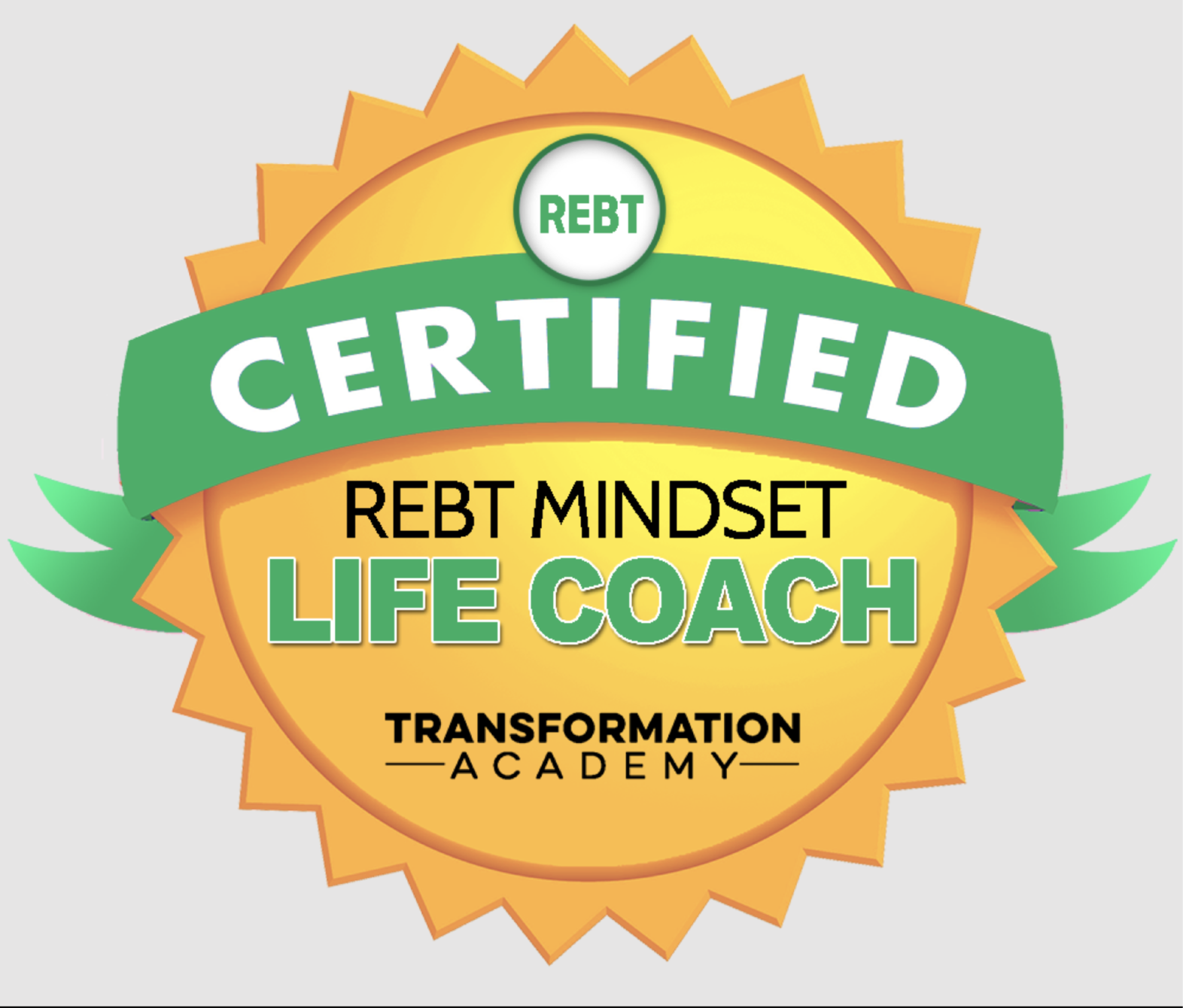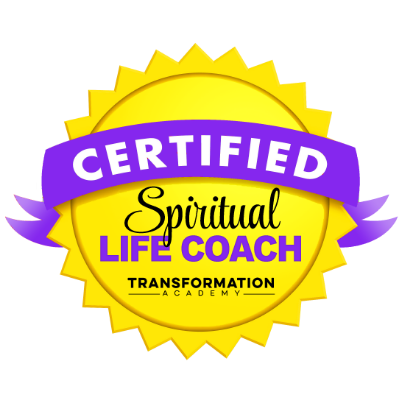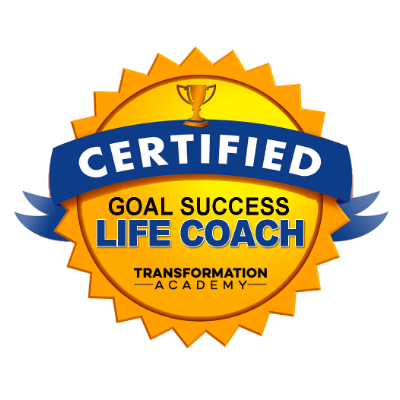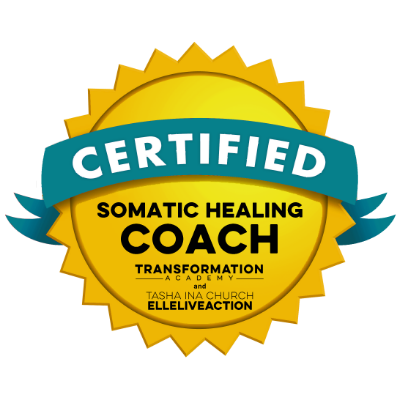4 Secrets To Finding The Right Beginner Yoga Class For You
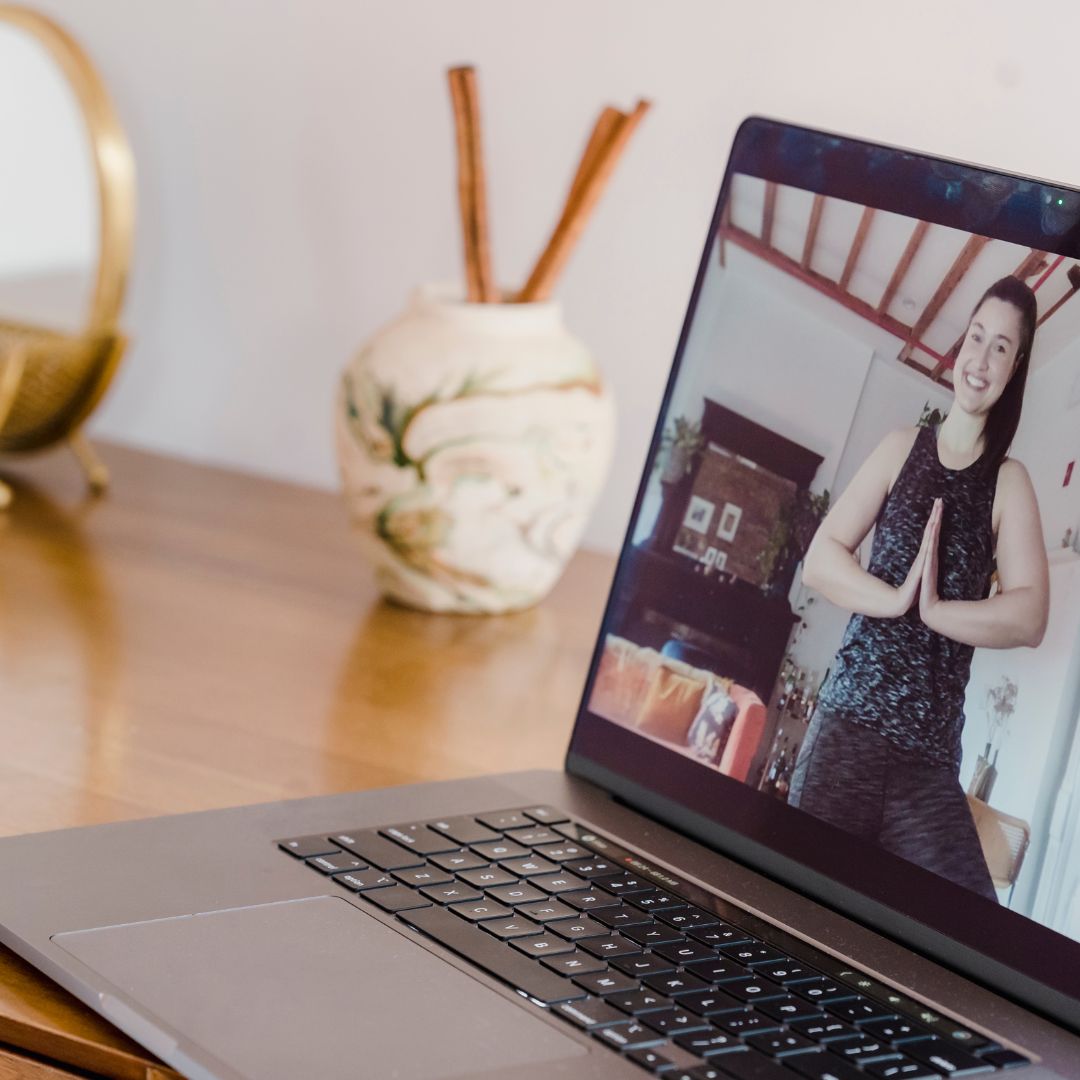
Secret #1: Understand Your Goals Before Choosing a Style
The first step in finding the right yoga class is understanding your personal goals. Why are you interested in yoga? Is it to improve physical fitness, manage stress, or deepen your spiritual practice? Identifying your primary objective will help you select the appropriate style and class type that suits your needs.
Yoga can serve many different purposes, so it’s crucial to clarify your intentions. Broadly speaking, people typically turn to yoga for one of three reasons: physical health, mental health, or spiritual growth.
- Physical Health: If your main goal is to improve strength, flexibility, or overall fitness, you may want to explore styles like Hatha Yoga, Vinyasa, or Power Yoga. These styles focus on building physical strength, improving balance, and increasing flexibility through dynamic or static postures.
- Mental Health: If you’re seeking to reduce stress, improve concentration, and cultivate inner peace, styles such as Restorative Yoga, Yin Yoga, or Yoga Nidra may be a good fit. These practices emphasize relaxation, deep breathing, and mindfulness to help calm the nervous system and promote mental well-being.
- Spiritual Health: If you’re more interested in the spiritual aspects of yoga, you may want to explore practices that incorporate meditation, breathing techniques, and energy work, such as Kundalini Yoga or Jivamukti Yoga. These styles offer a deeper connection to the mind-body-spirit relationship, often including chanting and meditation as part of the practice.
By identifying your specific goals, you can narrow down the styles that best suit your needs. Don’t be afraid to research different yoga styles, read up on their benefits, or even ask yoga instructors or fellow practitioners for advice. Many instructors are happy to discuss your goals and suggest the best style to help you achieve them. Establishing clear goals will not only guide you in choosing a class but also help you stay focused on what you wish to gain from your yoga practice.
Secret #2: Try Drop-In Classes Before Committing
One of the best ways to get a feel for different yoga styles and instructors is by taking drop-in or pay-as-you-go classes. These classes allow you to sample various yoga styles without committing to an expensive, long-term series. Drop-in classes typically vary in terms of their level of intensity, giving you a good sense of what to expect in terms of pace and difficulty.
Taking drop-in classes gives you the freedom to explore without any pressure to commit. You’ll have the opportunity to try different styles, instructors, and studios, helping you discover which combination works best for your needs. These classes often feature a mix of beginners and more experienced practitioners, which means instructors will usually keep the class at a moderate level to accommodate everyone.
Drop-in classes are ideal for beginners because they allow you to test the waters. After attending several drop-in classes, you’ll likely have a better idea of which yoga styles resonate with you and whether they align with your goals. If you feel particularly drawn to a specific style, instructor, or class, you can then commit to a more structured series of classes that build upon the foundations established in the drop-in sessions.
This method gives you the flexibility to explore yoga without feeling locked into a rigid schedule. You’ll also gain insight into the various aspects of yoga practice, such as breathing techniques, postural alignment, and meditation, that can contribute to your personal growth and development.
Secret #3: Choose an Experienced Instructor
The quality of instruction is perhaps the most crucial factor in determining whether you’ll enjoy and benefit from a yoga class. While the class style and goals are important, the instructor’s knowledge, teaching style, and ability to cater to beginners can make a significant difference in your experience.
It’s important to ensure that the instructor you choose has the appropriate qualifications and experience to teach yoga safely and effectively. While many yoga teachers complete a basic certification, not all instructors are equally experienced or knowledgeable. In fact, some instructors may only have completed a short training program, which may not be enough to ensure they can provide the proper guidance for beginners.
When evaluating a potential instructor, don’t be afraid to ask about their qualifications and teaching background. Instructors who are certified by recognized organizations like the Yoga Alliance have typically undergone rigorous training and have a solid understanding of anatomy, alignment, and safety. Look for instructors who have at least 200 hours of training or more, as this indicates a comprehensive education in the practice of yoga.
Additionally, it’s essential to find an instructor who is attentive to individual needs and encourages proper alignment. A skilled teacher will offer modifications for students of different abilities and provide hands-on adjustments when necessary. They should create a welcoming, inclusive environment that supports your growth and ensures you’re practicing safely. If you feel uncomfortable or unsafe in a class, it’s okay to ask the instructor for adjustments or seek out a different teacher.
Secret #4: Be Aware of Hidden Costs
While yoga can be an affordable practice, it’s essential to be aware of any hidden costs that may arise. Many yoga studios and classes have additional fees or requirements that could catch you off guard if you’re not prepared. These extra costs can include the need to purchase your own mat, props like straps or blocks, and sometimes even specific clothing or uniforms.
Before attending your first class, inquire about any additional fees or equipment you may need. Some studios may require you to bring your own mat, while others might provide them for free or for a small rental fee. In some cases, classes may also require specific props like yoga blocks, straps, or blankets, which can add up over time.
It’s also important to check if the studio has any dress code requirements. While most yoga classes allow you to wear comfortable, flexible clothing, some studios may have specific guidelines, such as wearing particular colors or styles. It’s always a good idea to clarify these details in advance to avoid any surprises when you arrive for your first class.
Lastly, if you plan to attend a series of classes, be mindful of any membership fees or subscription costs that may be required for ongoing participation. Some studios offer discounts for purchasing class packages or memberships, but it’s important to read the fine print and understand the financial commitment involved.
In Summary
Finding the right beginner yoga class requires a thoughtful approach that considers your personal goals, the style of yoga that best suits your needs, the experience of the instructor, and the costs involved. By taking the time to clarify your objectives, try different classes, and choose a knowledgeable instructor, you can ensure a positive and fulfilling yoga experience. Remember, yoga is a personal journey, and it’s essential to find a class that feels supportive, safe, and aligned with your goals. With these four secrets in mind, you’ll be well on your way to discovering the yoga practice that best fits your lifestyle and helps you achieve greater physical, mental, and spiritual well-being.
Click the link below to book your free clarity call or free virtual coffee chat.
Grab a copy of our newletter by completing the form below, this will then be sent to your inbox every month.
My Affirmation For The Week
"Creativity is contagious. Pass it on."
